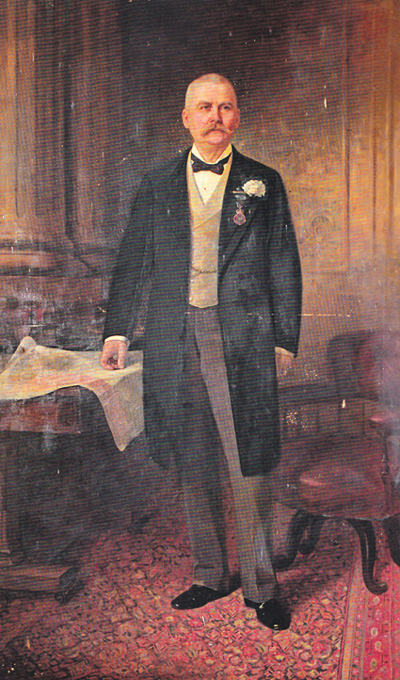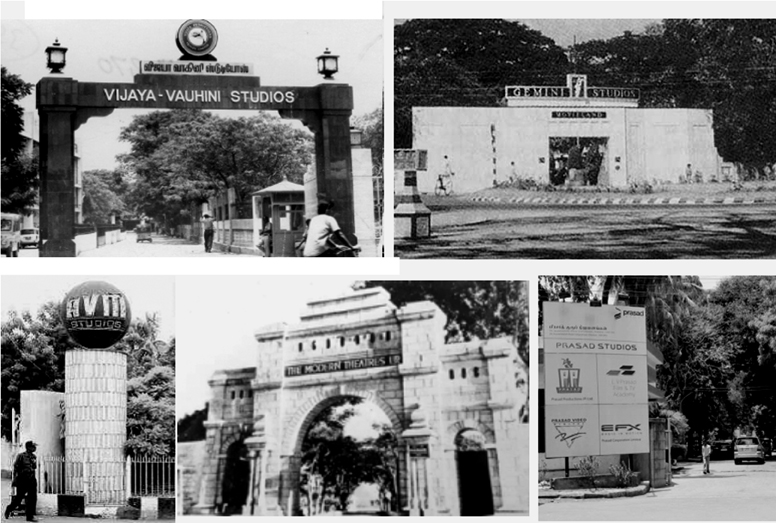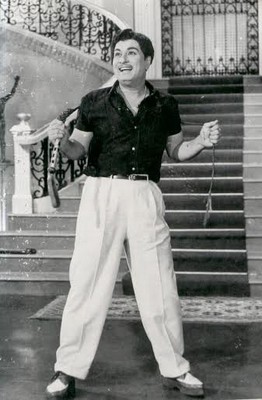OP
OP
swathi25
Guest
[h=1]Moore Market – A Loved and Lost Landmark[/h]
-sriramv

The Moore Market is a landmark that Chennai loved, and rather foolishly lost. It continues to be missed.
One of the most remembered landmarks of Madras, this is an edifice that is still missed, particularly as the Christmas and New Year’s season begins. It was the brainchild of Lt Col Sir George Moore, President of the Corporation of Madras in the 1890s. He was of the view that a market at a central location would solve two problems – get rid of the old and insanitary market off Broadway and provide a home for hawkers who sold their wares at a place called Guzili Bazaar between Memorial Hall and Central Station.
The foundation stone for the building was laid by Sir George in August 1898 and the completed structure was thrown open to the public by Governor Sir Arthur Havelock in November 1900. The design was by R.E. Ellis and the contractor was A. Subramania Aiyar. The architecture was Indo-Saracenic and the market occupied 40,000 sq ft. It took its name from Sir George Moore. Located as it was between Central Station and Victoria Public Hall, it soon proved to be exceedingly popular.
The Corporation Handbook of 1950 gives us details of how the market looked and was divided: “Quadrangular in shape, with an open space in the centre laid out as a garden and with arcades all around, the market is a great convenience to the middle and upper classes of the population. It is well ventilated and kept in a clean condition. To the east and north of the Market are the supplementary structures called Hawkers’ Stalls allotted to the vendors of worn-out and second-hand goods, who formerly vended their wares in what was known as the Guzili Bazar near the Memorial Hall.”
Read more at: https://sriramv.wordpress.com/2014/12/02/moore-market-a-loved-and-lost-landmark/
Courtesy: Madras Heritage and Carnatic Music
-sriramv

The Moore Market is a landmark that Chennai loved, and rather foolishly lost. It continues to be missed.
One of the most remembered landmarks of Madras, this is an edifice that is still missed, particularly as the Christmas and New Year’s season begins. It was the brainchild of Lt Col Sir George Moore, President of the Corporation of Madras in the 1890s. He was of the view that a market at a central location would solve two problems – get rid of the old and insanitary market off Broadway and provide a home for hawkers who sold their wares at a place called Guzili Bazaar between Memorial Hall and Central Station.
The foundation stone for the building was laid by Sir George in August 1898 and the completed structure was thrown open to the public by Governor Sir Arthur Havelock in November 1900. The design was by R.E. Ellis and the contractor was A. Subramania Aiyar. The architecture was Indo-Saracenic and the market occupied 40,000 sq ft. It took its name from Sir George Moore. Located as it was between Central Station and Victoria Public Hall, it soon proved to be exceedingly popular.
The Corporation Handbook of 1950 gives us details of how the market looked and was divided: “Quadrangular in shape, with an open space in the centre laid out as a garden and with arcades all around, the market is a great convenience to the middle and upper classes of the population. It is well ventilated and kept in a clean condition. To the east and north of the Market are the supplementary structures called Hawkers’ Stalls allotted to the vendors of worn-out and second-hand goods, who formerly vended their wares in what was known as the Guzili Bazar near the Memorial Hall.”
Read more at: https://sriramv.wordpress.com/2014/12/02/moore-market-a-loved-and-lost-landmark/
Courtesy: Madras Heritage and Carnatic Music








